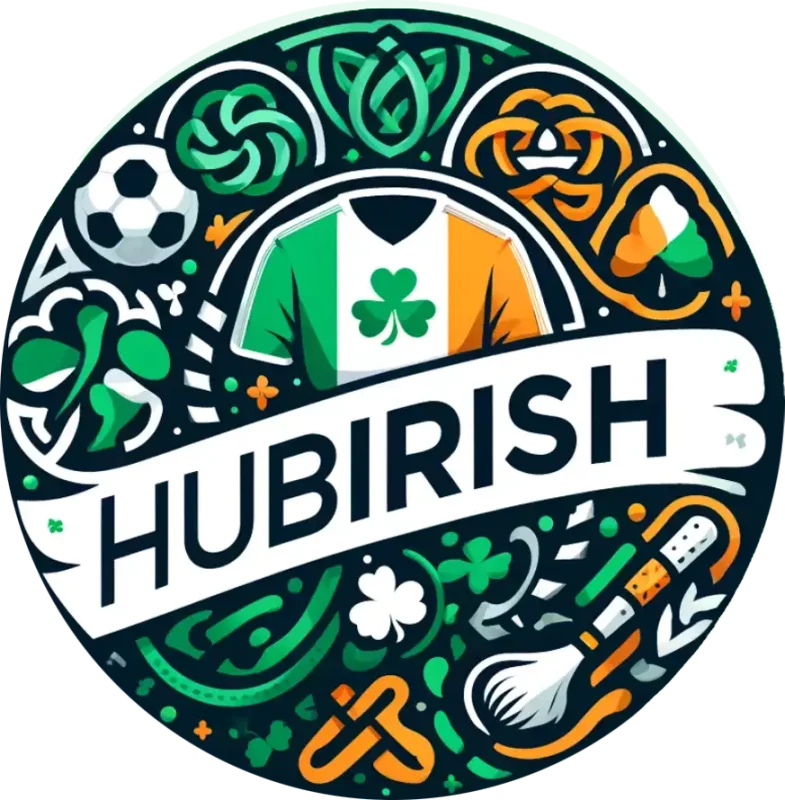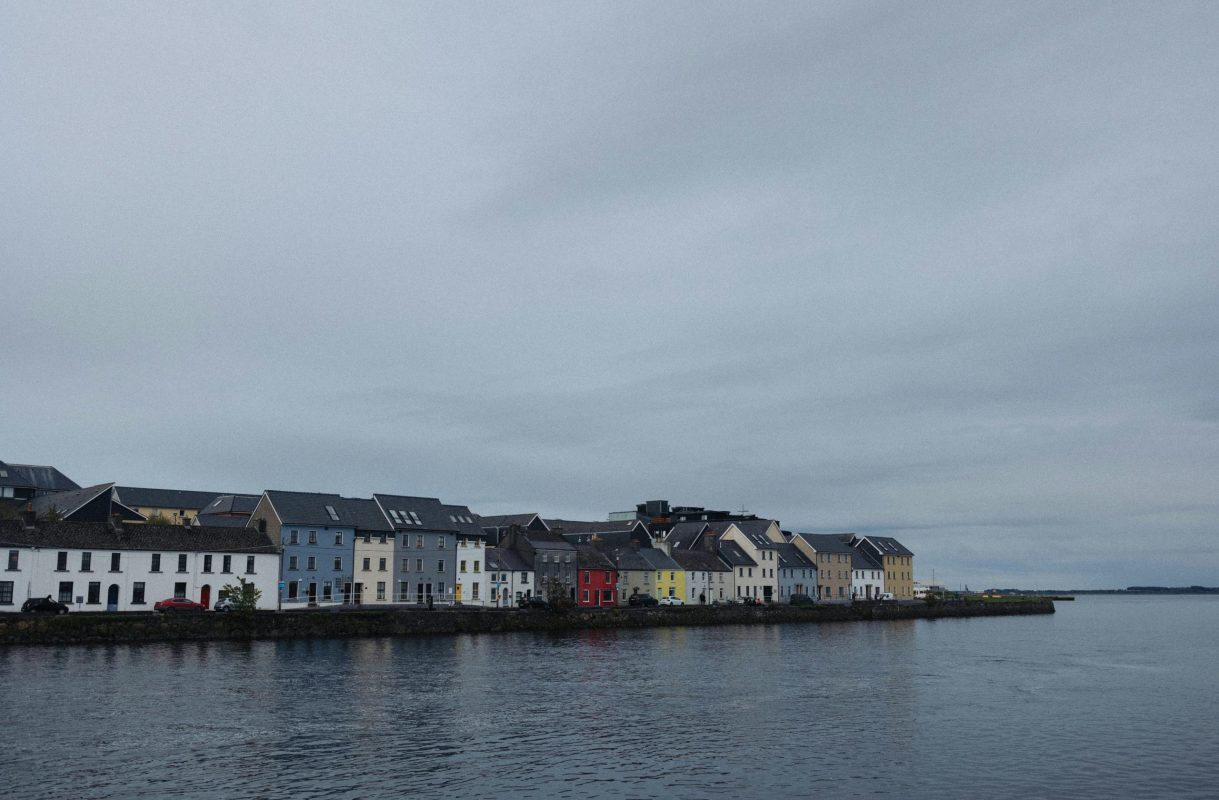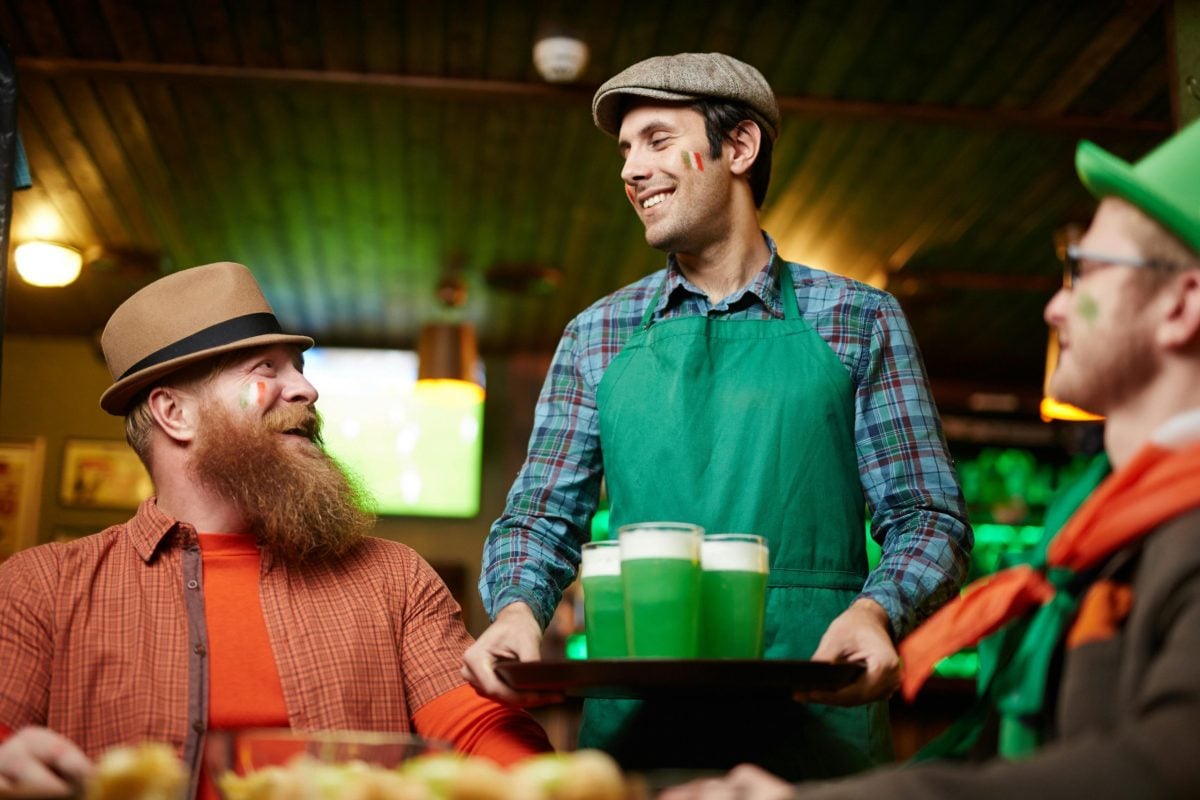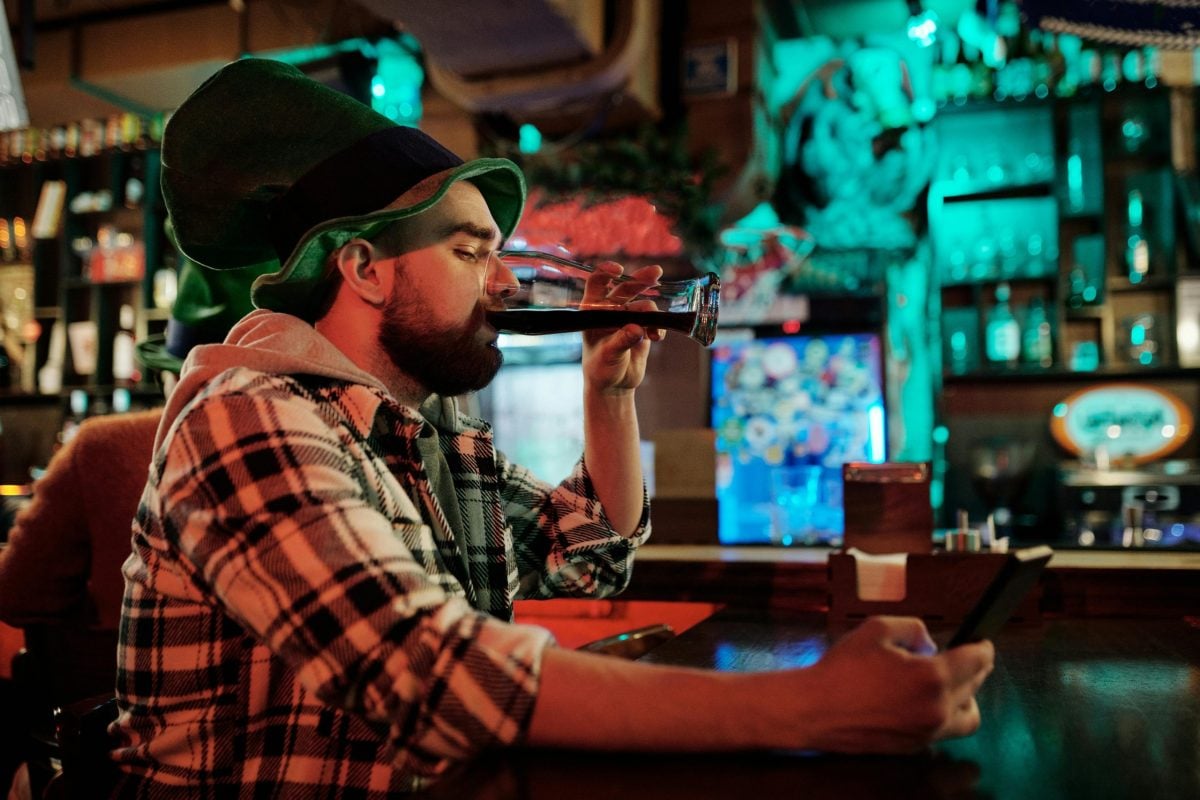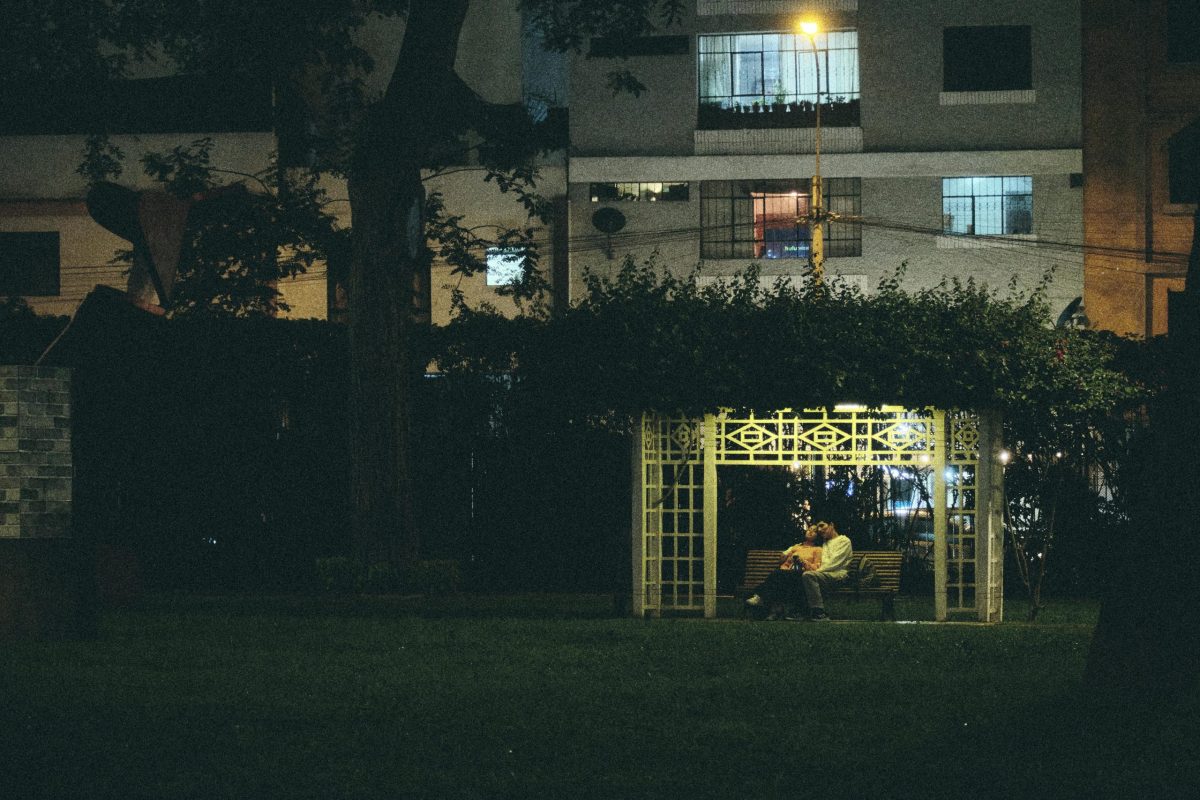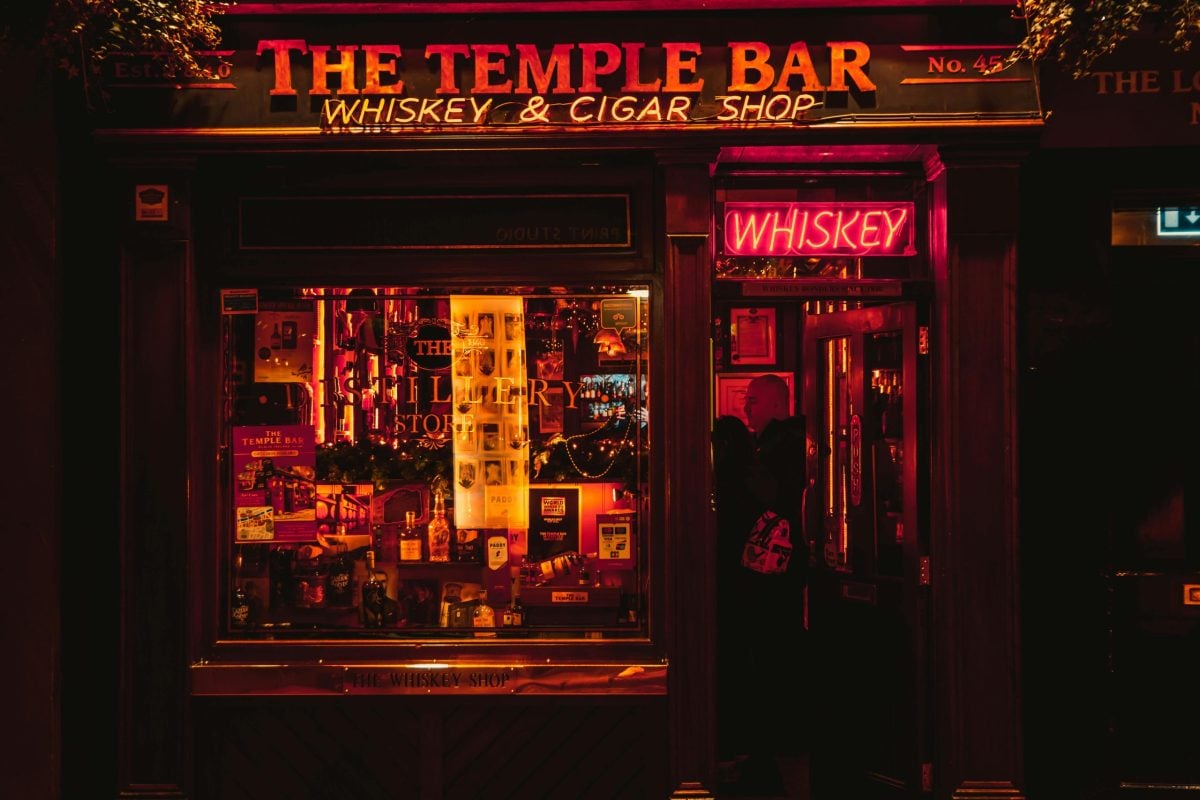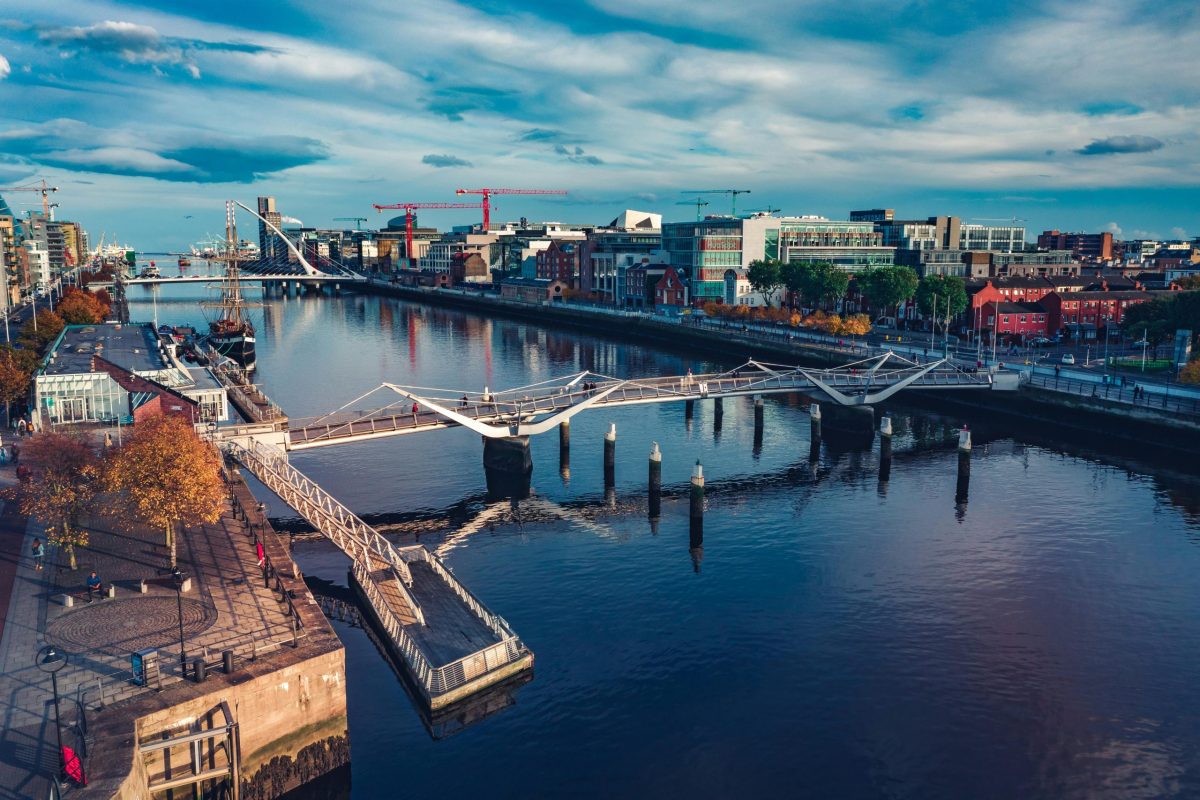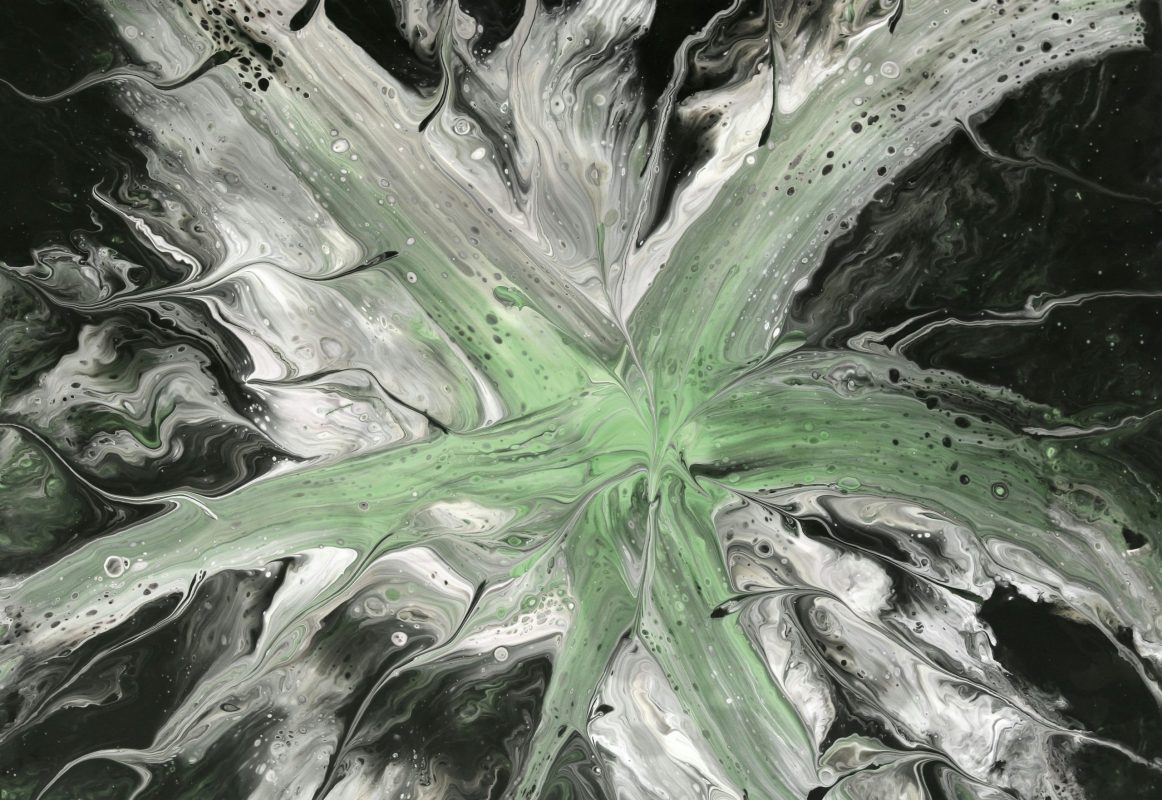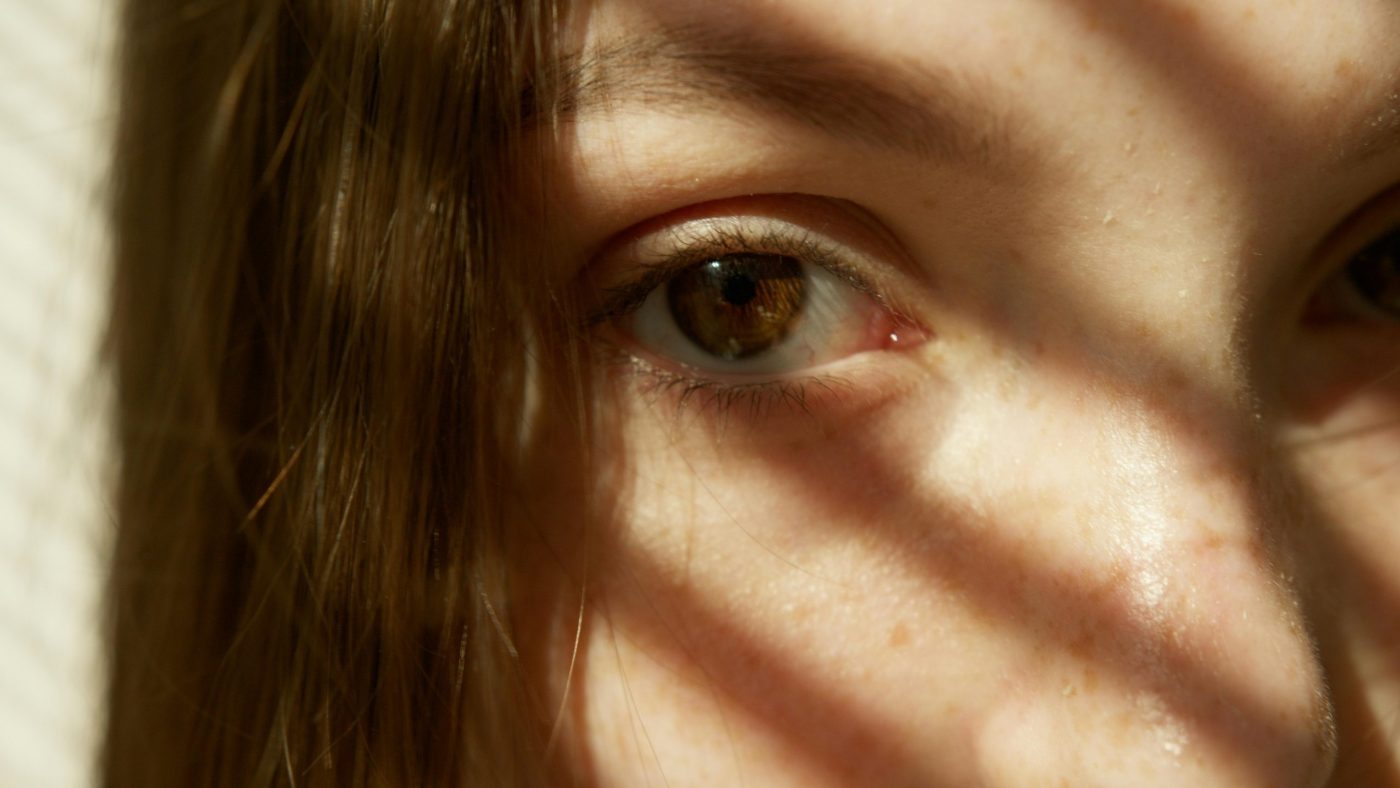From Famine Ships to Pub Jigs: How We’re Still Dancing on the Graves of Our Ancestors!
Estimated reading time: 6 minutes
Key Takeaways
- The spirit of Irish culture persists through music and dance.
- The Irish diaspora continues to grow, connecting families across the globe.
- Modern challenges do not diminish the pride in Irish heritage.
Table of Contents
Introduction
The Heart of the Story
The Wider Echo
The Now & The Next
Did You Know?
FAQs
Final Word
Introduction
Ah, Ireland! A land where every heartbeat thrums with the hymn of the past. A land where the echoes of ancient sorrows imbue our laughter, where tear-streaked cheeks dry quickly under the warm glow of whiskey windows. We’ve danced on graves more than we care to remember, but it’s in that dance where we find our spirit. So, let’s raise a glass to the souls that sailed away on those famine ships, and to the jigs that brought us back to life — the very jigs that keep their restless memory alive.
The Heart of the Story
Picture this: a dark October evening in County Mayo, where the hills echo the cries of the hungry and the ghosts of famine flicker like the candles stubbornly glowing on every window sill. The echoes of those who kept their heads high while their bellies were empty… their stories are woven into the very fabric of our jigs and reels. They say that our grandfathers danced to forget the hunger, while our grandmothers sang sweet, defiant songs of rebellion. And still, today, in every pub from Westport to New York, the fiddle shrieks, and the bodhrán beats a rhythm that speaks of those who came before us — those who dared to dream of a place called home.
The Wider Echo
And what about now? The diaspora is wide and aching — families scattered from the shores of Galway to the streets of Philadelphia and beyond. Every corner of the world has tuned its ear to our sorrowful tunes. The scars of history are carried in tattooed arms, shared over pints, in heartfelt chat and rebel songs at every gathering. Remember the saying, “The past is a ghost that walks with us”? Well, it’s true! Just consider this: more than 70 million people worldwide claim Irish ancestry, a testament to the enduring identity formed in the crucible of hardship. They still gather to dance and sing, not just for the good times, but to honor those who paved the way — whose sacrifices helped shape our very place in this world.
The Now & The Next
Fast forward to today’s Ireland, teetering on the edge of a housing crisis that would send even the bravest rebel scrambling. But the spirit? Ah, it’s far from broken! Across the globe, Irish embassies and homes flicker with the lights of solidarity, demanding fair treatment for our kin. The younger generation, with their Kerry jerseys on their backs and smartphones in hand, still tune into our cultural heartbeat. They face modern struggles with that old Irish spirit, whether they’re celebrating a championship win in New York or recalling the haunting ballads their grannies sang. Every swipe of a GAA app or scroll through social media shouts, “We remember and we celebrate our roots!”
Did You Know?
- The Great Famine (1845-1852) caused the population of Ireland to decrease by about 25%, with mass emigration marking this dark chapter.
- According to a 2020 report, the Irish diaspora numbers over 70 million worldwide, that’s nearly 14 times the population of Ireland itself!
FAQs
What role does music play in modern Irish life?
Music is the heart and soul of Ireland, uniting us across the globe. From the passionate rebel songs to joyous pub tunes, it binds us with our ancestors, keeping their stories alive.
How can I celebrate Irish culture if I’m living abroad?
Embrace it! Join local Irish clubs, celebrate St. Patrick’s Day like it’s the last rodeo, share our stories, and wear your county colors with pride — even if it’s just in spirit!
Final Word
So, here’s to the famine ships that ferried our courage across the oceans, and to the tunes that remind us we’re still dancing. In the end, it’s a jig that connects us—be it in the fields of Mayo or the bars of Boston. If you carry the same pride we do, you’ll find a piece of home waiting at
HubIrish.com.
